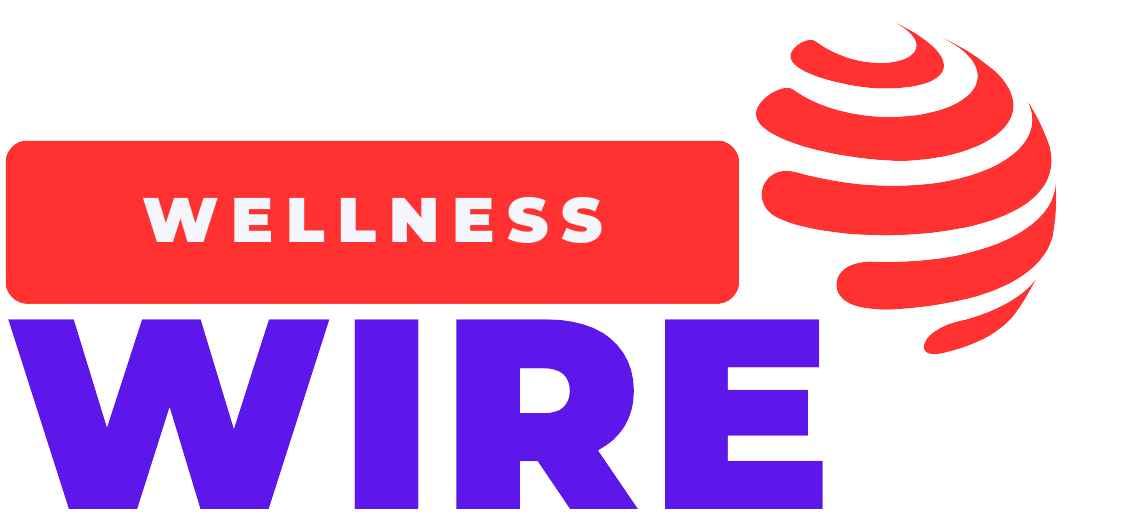Speak with Intention: How Conscious Communication Can Transform Your Relationships
Discover the power of conscious communication and how it can foster empathy, resolve conflict, and build deeper, healthier relationships.

In a world dominated by fast replies, emotional reactivity, and digital distractions, conscious communication is emerging as a powerful antidote to miscommunication, conflict, and emotional disconnect. Whether in romantic partnerships, family ties, friendships, or work dynamics, the way we speak and listen has the power to build trust or break bonds.
Conscious communication is not just about talking—it’s about intentionally connecting, choosing words that foster understanding, and cultivating a space where both people feel heard, respected, and safe.
Let’s explore how this approach to communication can fundamentally improve your relationships—and how you can start practicing it today.
What is Conscious Communication?
At its core, conscious communication means communicating with awareness, intention, and empathy. It’s a practice rooted in emotional intelligence and mindfulness. You don’t just react—you respond thoughtfully. You don’t just hear—you listen actively.
According to the Center for Nonviolent Communication, conscious communication involves:
-
Observing without judgment
-
Expressing feelings rather than accusations
-
Identifying personal needs
-
Making respectful, non-demanding requests
This technique goes beyond surface-level conversation and opens the door for deeper understanding, fewer arguments, and greater intimacy in all relationships.
Why Conscious Communication Matters More Than Ever
In the digital age, many of us communicate more than ever—yet feel less connected. A quick text, a distracted phone call, or passive-aggressive messaging can easily spiral into confusion and emotional distance.
According to a Harvard University study on adult development, the quality of our relationships is one of the most accurate predictors of long-term happiness and health. And communication is the foundation of those relationships.
The Principles of Conscious Communication
To practice conscious communication effectively, it helps to build certain skills and mindsets:
1. Active Listening
This means truly focusing on the other person’s words, tone, and body language without planning your response while they speak. Tools like The Gottman Institute’s communication strategies suggest removing distractions and offering feedback like, “What I hear you saying is…”
2. Nonviolent Expression
Say what you feel, not what you assume. Instead of “You never support me,” try “I feel unsupported when I’m facing something difficult and don’t hear from you.”
3. Self-Awareness
Recognize when your reactions are triggered by old wounds or assumptions. Journaling or using apps like Moodnotes can help you track emotional patterns before they influence your words.
4. Clear Boundaries
Say what you mean without guilt. For example, “I’m not available tonight, but I’d love to catch up tomorrow,” is clearer and kinder than a vague excuse.
5. Intentional Language
Speak from a place of intention. Avoid sarcasm, defensiveness, or blaming. Instead, use “I” statements and stay solution-oriented.
Conscious Communication in Different Relationships
In Romantic Partnerships
Healthy couples often share one thing in common: they communicate consciously. According to Dr. John Gottman, couples who avoid the “Four Horsemen” of criticism, contempt, defensiveness, and stonewalling are significantly more likely to stay together.
Instead of escalating a disagreement, conscious partners pause, reflect, and speak from the heart—even in moments of tension.
In Friendships
Friendships thrive on emotional safety. Practicing conscious communication helps friends avoid assumptions, resolve misunderstandings gently, and affirm each other’s needs.
Example: “I felt left out when I wasn’t invited. Can we talk about it?” is far more productive than ghosting or lashing out.
At Work
Workplaces with open, conscious communication see better collaboration and lower turnover. Leaders who use conscious language—free from micromanagement or fear tactics—create environments where people feel respected and heard.
Platforms like MindTools offer communication frameworks for fostering better team dynamics.
How to Start Practicing Conscious Communication Today
If you're new to this practice, here are steps you can take:
-
Pause Before You Speak
Take a breath. Ask yourself, Is this true? Is it kind? Is it necessary? -
Use Reflective Language
Validate others with phrases like “I understand,” “That makes sense,” or “Tell me more.” -
Address One Issue at a Time
Don’t overload conversations with multiple grievances. Stay focused. -
Follow Up
After emotional conversations, check in. “I’ve been thinking about what we talked about. How are you feeling about it now?” -
Practice in Low-Stakes Situations
The grocery line, a casual chat with a colleague—these are great moments to practice listening deeply and responding mindfully.
Common Communication Pitfalls to Avoid
-
Interrupting
It signals that you’re not truly listening. Let others finish. -
Mind Reading
Don’t assume intentions—ask for clarification instead. -
Avoiding Conflict
Sweeping things under the rug builds resentment. Use gentle honesty instead.
Final Thoughts: Make Every Word Count
Communication is more than exchanging words. It’s about creating understanding. Conscious communication invites us to slow down, connect deeply, and speak with care.
As Brené Brown often emphasizes, clarity is kindness. When you speak with purpose and listen with empathy, you create space for authentic relationships to thrive.
Start with your next conversation. Choose your words with care. Speak from a place of calm. Watch how your relationships shift—gradually, then profoundly.
Further Resources for Deeper Practice
What's Your Reaction?
 Like
0
Like
0
 Dislike
0
Dislike
0
 Love
0
Love
0
 Funny
0
Funny
0
 Angry
0
Angry
0
 Sad
0
Sad
0
 Wow
0
Wow
0



















































